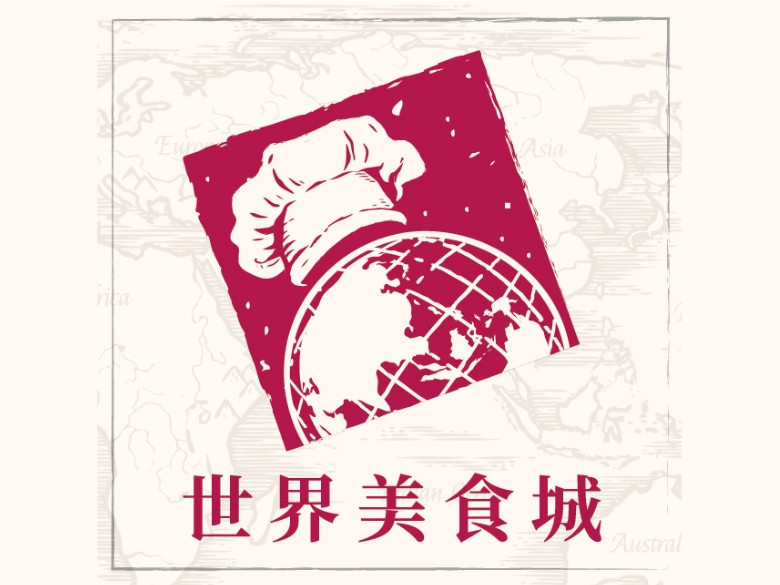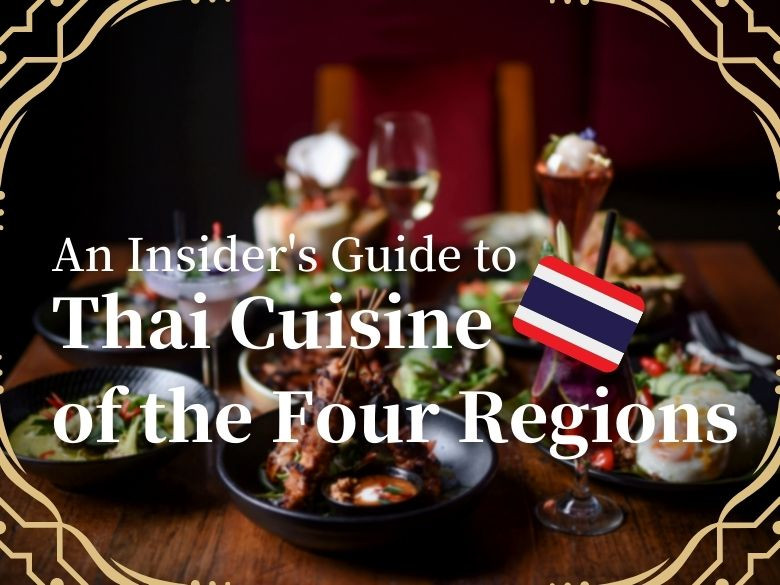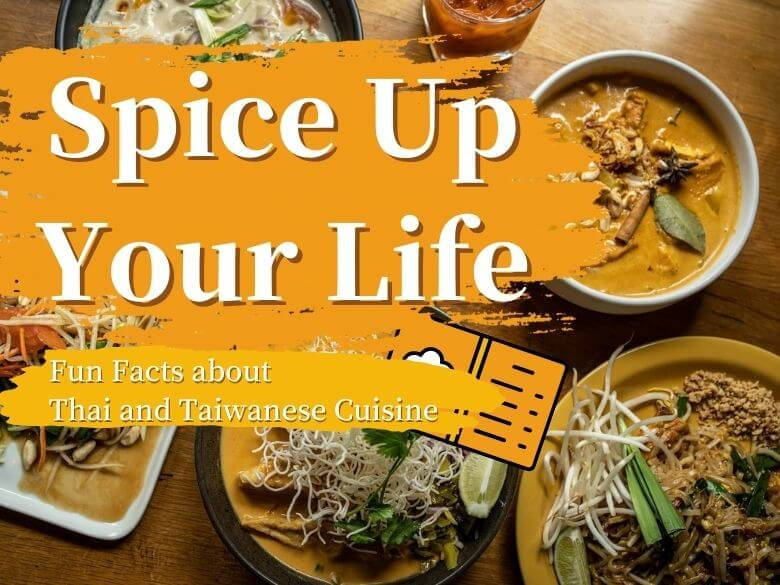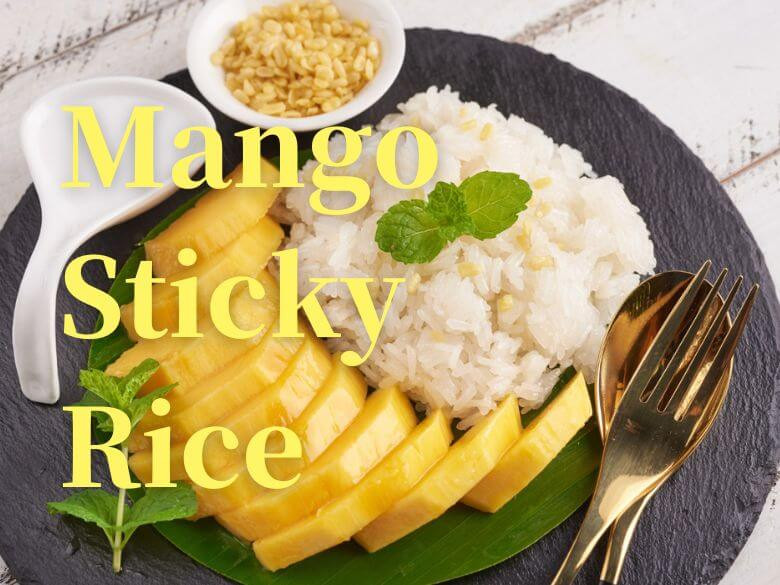Thai Advertising Magic: Unleashing the Creative Brilliance
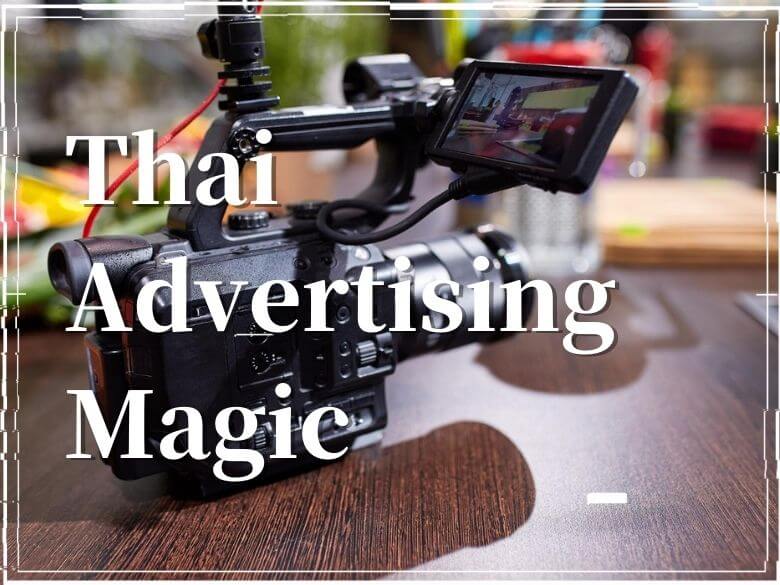
Advertisements cannot change the quality of a product but can alter consumers' impressions of a brand. To successfully expand a business, apart from improving products and services, effective advertising and marketing strategies can be a significant boost to sales performance. When it comes to successful marketing, many people think of Thailand's creative advertisements.
Whether heartwarming or humorous, Thai advertisements always manage to captivate audiences both domestically and internationally. Even though they’re essentially commercials, these videos spread widely on audiovisual platforms and social media. How does the F&D industry leverage digital advertisement? Today, we will discuss why Thailand's advertising industry has gained such prominence. In the later part of the article, we’ll share some iconic examples that have created a buzz in Thailand.
The Rise of Thai Advertising
Let's first learn about the background of Thailand's advertising industry. Thai television broadcasting began in 1955. However, even before that, the American Association of Advertising Agencies (usually addressed as the 4A's) established its presence in Thailand in the 1940s, introducing advanced filming techniques and advertising concepts of that time. They can be regarded as the primary driving force behind the early development of Thailand's advertising industry. As the advertising industry gained more recognition, in the 1970s and 1980s, collaborations between schools and the companies led to the establishment of professional advertising awards in Thailand. These awards were known as the "Thailand Advertising Awards (TACT AWARDS)" and the "Bangkok Art Director Awards (BAD AWARDS)." These two accolades laid the foundation for the development of Thailand's advertising industry and its business models.
Furthermore, Thailand's socioeconomic conditions have also shaped the landscape of the advertising industry. In the 1990s, Thailand, known as one of the "Tiger Cub economies” due to its economic bubbles, found that many companies were willing to invest heavily in advertising to enhance their corporate image. This led to an overall increase in the quality of advertisements. Additionally, in 1997, following the collapse of the economic bubble, many low-quality advertising companies exited the market. With optimized allocation of limited manpower and resources, the Thai advertising industry evolved into a highly competitive environment among top-quality advertising agencies.

With the gradual development of the internet and streaming platforms, Thai advertising has become active on the global stage and has gained recognition internationally. Thailand has received numerous awards at prestigious international advertising festivals, including ADFEST (Asia-Pacific Advertising Festival) and the One Show. Thai companies have even been honored at the top five advertising awards, such as the Cannes Lions Awards and the London International Awards (LIAA). These achievements highlight the success of Thai companies in the global advertising industry.
What Makes a Food Commercial Successful
With the background introduction covered, what makes Thai advertising so impressive? When it comes to Thai advertisements, many people think of unexpected plot twists, movie-like openings, heartwarming or tear-jerking stories that can either make you burst into laughter or move you to tears. The remarkable aspect of Thai advertising lies in its emphasis on the feeling that a company wants to evoke, rather than simply showcasing the features of the product or service itself. Although advertisements do not directly generate commercial profits, in the long run, as a communication tool with consumers, advertisements can convey when consumers might need the promoted products and what kind of lifestyle the company aims to bring. With the two questions answered, advertisements can make consumers create resonance with the brand and stimulate willingness to purchase.
Since the introduction of television in Thailand, it didn't take long for Western advertising giants to dominate the Thai advertising industry with their mature marketing techniques and advanced photography skills. In response, local Thai advertisers chose to develop the "Thai styles" in the contemporary advertising scene, contrary to the mainstream. Some examples include:
- Draw inspiration from Thai people’s everyday life
- Hire amateur actors
- Only introduce the product at the last few seconds
The unique filmmaking preferences have made Thai advertising a "breath of fresh air" in the advertising industry. While mainstream advertisements are often excessively displayed on digital media, repeatedly emphasizing the benefits of the product, Thailand takes a different approach by focusing on storytelling and entertainment, connecting with the audience's everyday lives. This not only sparks discussions but also strengthens the desire to consume among the target audience.

So, what are the commonly used advertising techniques in Thailand? Here are a few examples of Thai advertisements:
Compose An Addictive Theme Song
If you want to shoot an advertisement for a restaurant suitable for family or friend gatherings, how should you present it? Creating an environment suitable for dining together and enjoying the company of loved ones is crucial, and the best environment is expected to be relaxing, joyful, and exciting. The well-known Thai hot pot chain MK Restaurant以took the most commonly asked question before a gathering, "What should we eat?", as a starting point.
The camera focuses on families, students, and colleagues, all starting their conversations with "What should we eat? What should we eat? Eat MK!" The lively melody, accompanied by visuals of various hot pot ingredients and snacks, conveys that the restaurant offers a wide variety of dishes to cater to different preferences. It leaves the audience with the impression that "When dining with others, you should eat at MK." This advertisement won the Annual Popular Advertisement award in 2004 and has indeed achieved the desired effect in Thai people's daily lives: whenever someone asks "What should we eat?" Those who answer will surely recall this song.
Advertisement from MK Restaurant
Using the brand name itself into the highlight of the lyrics is also a common technique to deepen audience memory. The most famous theme song of the snack brand Poo Thai starts with "Poo-Poo-Poo-Poo-Thai," and the advertisement frequently sings the brand name throughout the song. Since the snacks themselves are in the shape of crabs, the advertisement features animated little crabs. The combination of vivid children's animation and a song starting with the brand name has made Poo Thai a popular children's snack in the hearts of Thai people.。
Advertisement from Poo Thai
The Unrestrained Thai Humor
As we all know, Thai people are known for their optimistic and easy-going nature, and these personality traits are evident in their advertising performances as well. Some product features may not be attractive enough if presented honestly. But what if these product features are exaggerated for comedic effect? The Thai instant noodle brand Wai Wai Quick hilariously showcases the "spiciness" of their product in just thirty seconds. The advertisement features a simple dialogue of "Are you hungry?" and "Yes, I am." When the three individuals started eating, it's not surprising that they turned red and sweated profusely. Yet the girl's makeup started running. After finishing the soup, she looked completely different with her makeup removed! This advertisement not only vividly portrays the spiciness of the product but also establishes a comedic image for the brand that deeply resonates with people.
Advertisement from Wai Wai Quick
When you want to emphasize the freshness of ingredients, how would you present it? You would never expect a brand would use puns to tell the product features. The American fast-food chain Texas Chicken shot an advertisement in Thailand that begins with two police officers entering a fast-food restaurant and being notified about a criminal being present. Initially, the casting and lighting create an atmosphere reminiscent of typical crime films. However, when the officers point their guns at the criminal and shout, "Freeze!", a smiling employee responds, "ไม่freeze" (not frozen)! Instead of emphasizing the use of non-frozen ingredients professionally, the contrasting atmospheres are even more memorable and impactful.
Advertisement from Texas Chicken
Express the Concept from Plot
The plots of Thai advertisements may seem unrelated to the products themselves, but many of these storylines are inspired from the highlights of the products. Although they may appear unrelated to the products, they often seamlessly introduce the product's features when revealed at the end.
Now, imagine if you wanted to emphasize how a product can aid in weight loss through an advertisement. Thai coffee brand Naturegift 21, which is rich in L-carnitine, fructo-oligosaccharides, various vitamins, and minerals, positions itself as a weight loss product by offering instant coffee packets. In their advertisement, two female employees went to great lengths to impress their crushes but failed. Later, they unexpectedly traveled to the future and discovered the secret to becoming beautiful. It was only then that the advertisement transitioned to focus on the product, highlighting its benefits. By incorporating elements of "the future" and"becoming more beautiful," the advertisement conveys a positive message associated with the product. The entertaining interactions between the two main characters and the theme of "losing weight to become more beautiful" are driven by the product's positioning, reflecting the underlying needs of potential consumers.
Advertisement from Naturegift 21
How to promote low-sugar and healthy products in advertisements? KhaoTraChat, a rice brand, decided to use a humorous approach to address consumers' concerns about rice. The ad started with an intense scene of a family searching everywhere yet unable to find any food. They ended up fleeing empty-handed during an alien invasion. As they finally discovered freshly cooked rice at someone else's house, the grandma warned about high blood sugar from eating too much rice, and the older sister mentioned the risk of gaining weight from consuming too much starch. Only the younger brother continues to eat without worry, highlighting the low GI aspect of the product. This advertisement not only maintains its promotional intent but also incorporates various entertaining details, including a cinematic opening of disaster films, alien invasion, food shortage, the fear of gaining weight and the emotional reaction to discovering healthy rice, resulting in an intriguing story.
Advertisement of KhaoTraChat
Become a Brand that Speaks Consumers’ Heart Out
From the above examples, we can conclude that Thai advertisements not only aim to highlight product features but also strive to connect with consumers in the most innovative ways. Theme song, humor, plot twists, or relatable life situations……Even if these elements are not directly related to the quality of the product, they can still create special memories in the minds of consumers. What is the most memorable Thai advertisement for you? Share it with everyone!
Localized marketing strategies greatly boost sales in terms of business expansion. If you want to expand your F&D business and learn more about top marketing strategies, feel free to contact World Gourmet Platform.

